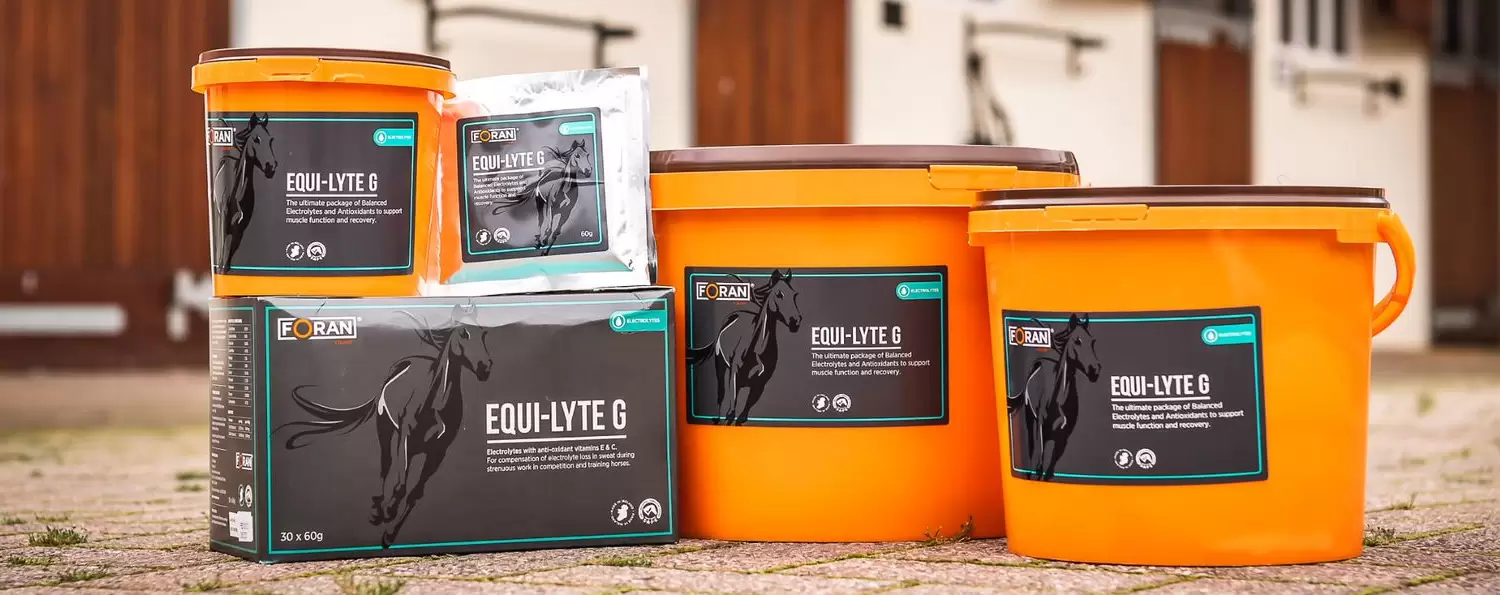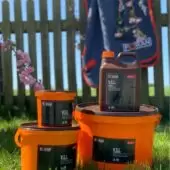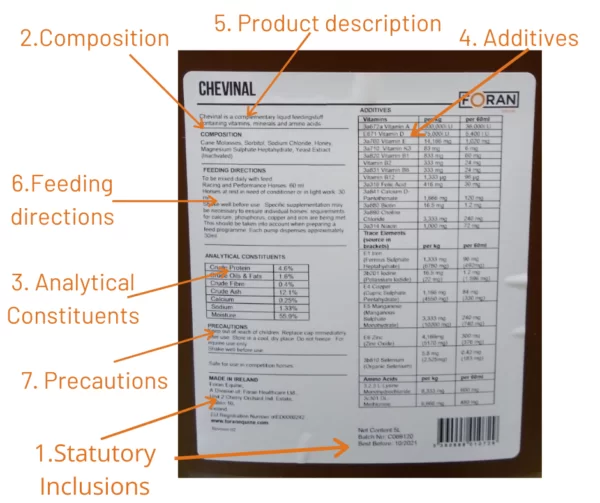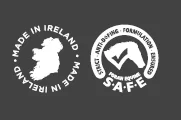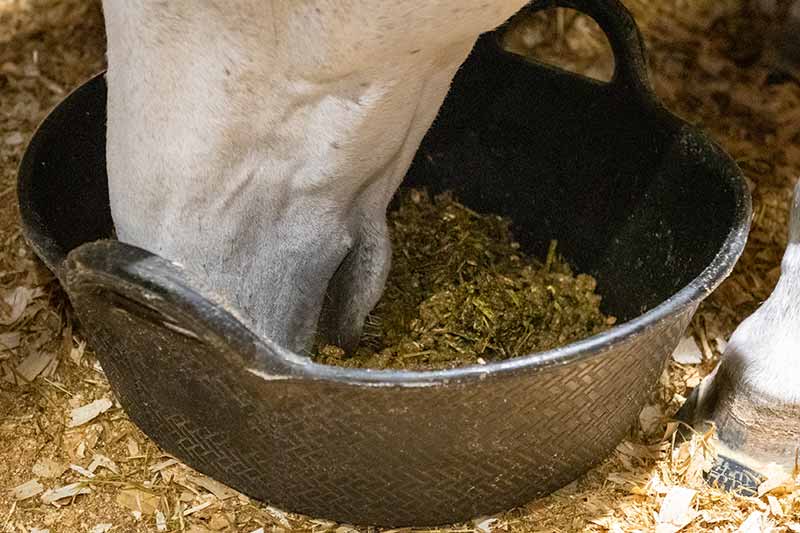
All the information on horse supplements can be a little overwhelming, if you’re not sure what you’re looking at. With a better understanding of the obligatory and voluntary text on supplements you can ensure all your horses nutritional needs are looked after.
As a horse owner you have a duty of care to ensure your horse’s nutritional well-being; part of this is to be informed about what your horse is eating. Few horse owners now prepare their horses rations from raw materials, which makes understanding the ingredients slightly more complex, but not necessarily more difficult to achieve
Supplement manufacturers are legally obliged to declare the contents of horse supplements on the product container (bag, bucket, tub, bottle or otherwise), which means the information on ingredients is readily available. It may, however, be difficult to interpret the information, as the presentation style can be confusing with various headings and subheadings. Consequently, it can be challenging to ascertain if the product you are feeding is appropriate for your horse. Furthermore, as different companies have different presentation styles it can be difficult to make a meaningful comparison between product choices.
Below is a short guide to the obligatory and voluntary text on equine supplements.
1. Statutory Inclusions
All labels have a number of statutory inclusions, required by legislation within the EU:
- Name and address of product manufacturer
- Approval number of the manufacturing premises
- Net contents
- Batch number and expiry date
These standard details verify the producer of the product and help trace the production of the product. All reputable companies include these details as required. A supplement without these minimum details is highly suspicious in origin and content.
With regard to the supplement itself, the following items must also be declared:
2. Composition
The composition of a supplement, lists the materials or ingredients in the product in descending order by weight.
3. Analytical Constituents
- The analytical constituents list the laboratory analysed value for the different nutrients in the supplement. It lists a percentage value for the amount of crude protein, crude fibre, crude fat or oil, ash and moisture present in the product.
- Also within this section a company may chose to declare other elements such as calcium, phosphorus and magnesium content or the energy value of the feed.
4. Additives
- The additives section of the label, lists the vitamins, minerals, amino acids, preservatives and any other items added to product, to improve its nutritional quality, shelf life, or technical characteristics. The amounts of each vitamin, micro-mineral or amino acid added are also usually given.
- The additives section is perhaps the most interesting and informative when choosing supplement products, as it gives a full breakdown of the added nutritional content and the amounts of those nutrients added. When comparing products, it is important to consider both the concentration and variety of nutrients added when choosing the product most suited to your horse.
5. Product Description
- A description of the product within the legislative guidelines used to describe supplements is also mandatory.
- Most horse supplements are considered “complementary feeds”. A complementary feed is one that has a high content of certain substances but which is not sufficient for a daily ration on its own.
- The product description should also indicate the animal species the supplement is formulated for e.g. complementary feedingstuff for horses.
6. Feeding Directions
- The feeding directions should indicate the amount of product to be offered to the animal daily.
- It is important in the case of supplements that these feeding guidelines are not exceeded so as to avoid over supplementation. Most nutrients have very generous safe ingestion limits. However, there are some micro-minerals or trace elements, where the margin of safety is very narrow and toxic levels can be achieved by over supplementation.
7. Precautions
- Lastly the product should indicate how the product should be stored and any specialist storage precautions such as refrigeration if necessary. Logos
On the front label you may see logos such as the below.
- The S.A.F.E. logo – if a product has the S.A.F.E. mark it means that they are safe to use in all racing and competition horses
Careful reading of supplement labels is advised. The labels provide a large amount of information, which the owner can use to ensure they are using the product correctly and for the appropriate requirements of their horses.
Outside of the statutory requirements on the labels, there may be additional information on the label. Although voluntary, this information must still comply with legislative requirements and must not include medicinal or outlandish claims.
If you’ve got any queries about your feeding regime, ask our expert team.






